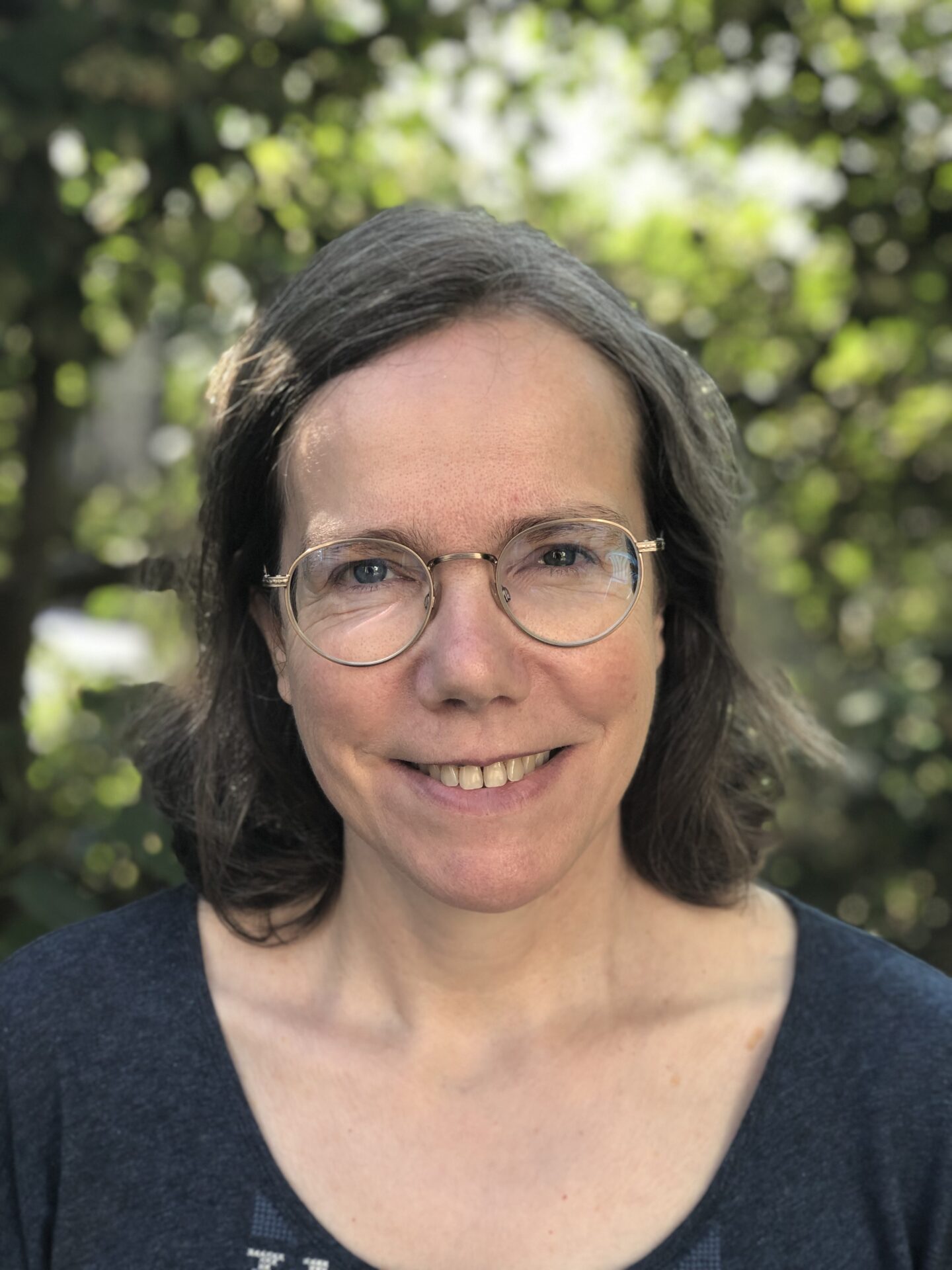Fabienn Maignan
LSCE
Fabienne Maignan, Cédric Bacour, Lucas Leverne, Camille Abadie, Yuan Zhang, Vladislav Bastrikov, Nina Raoult, Philippe Peylin et al.
The land component of the global carbon budget is the most uncertain one.
Land surface models struggle to correctly simulate the space-time distribution of the main gross flux, the gross primary production (GPP). GPP is the quantity of atmospheric carbon which is absorbed by plants through photosynthesis. We have to reduce its associated large uncertainty to increase confidence in numerical predictions of future carbon fluxes and stocks, and climate. GPP cannot be measured directly at scales larger than the leaf, but sun-induced fluorescence (SIF) has fortunately emerged in the last decade as a major proxy.
Therefore, we have used data assimilation (DA) techniques to optimize parameters of the ORCHIDEE land surface model related to photosynthesis and phenology, based on SIF data derived from various space-borne instruments (GOME-2, OCO-2 and more recently TROPOMI) with the objective to ultimately improve GPP predictions. To do so, we have implemented in ORCHIDEE a process-based observation operator capable of simulating SIF at the top of the canopy; it includes the simulation of SIF emission at the leaf scale, up to the representation of the radiative transfer within the canopy using various models.
The parameters are first selected following a sensitivity analysis. The optimization relies on a Bayesian framework and the minimization of a cost function. The results are dependent on the prescribed uncertainties for the model, observations and parameters, and on the variation range set for each parameter. Regarding the minimization techniques, we currently use both gradient descent and genetic algorithm approaches, and the team is now working on history matching.
Our DA experiences with SIF data show that assimilation of SIF data alone can degrade the simulated GPP, depending on the considered biome and the assimilation set-up (choice of parameters to be optimized). Hence, we have started assimilating simultaneously satellite SIF retrievals and in situ GPP data estimated at flux tower sites. Our work stresses the importance of correctly understanding and representing the underlying processes (photosynthesis, fluorescence, radiative transfer, phenology) linked to the studied variables (SIF, GPP) to fully exploit the informational content of both datasets and reduce the uncertainties in the model projections.



